May 29, 2021 | 20:01 (GMT+7)
In pictures: President Ho Chi Minh’s journey for national salvation
PANO – One hundred and ten years ago on June 5, from Saigon Port, young patriot Nguyen Tat Thanh set foot on a journey abroad on the ship Admiral Latouche Treville to France, beginning his journey for national salvation.
PANO would like to introduce some photos featuring President Ho Chi Minh’s journey to seek ways to liberate the country.
    |
 |
|
On June 5, 1911, from Nha Rong Wharf, Nguyen Tat Thanh left the country to seek ways for national salvation. (Photo: VNA) |
    |
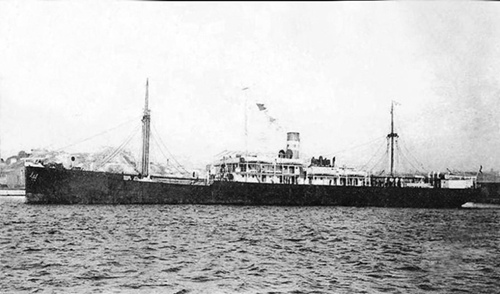 |
|
The young patriot boarded the Admiral Latouche Treville to pursue his aspiration to liberate the nation. (Photo: VNA) |
    |
 |
|
This is the Omni Parker Hotel in the U.S.’s Boston, where the patriotic young man Nguyen Tat Thanh worked as a kitchen assistant from 1912-1913. (Photo: VNA) |
    |
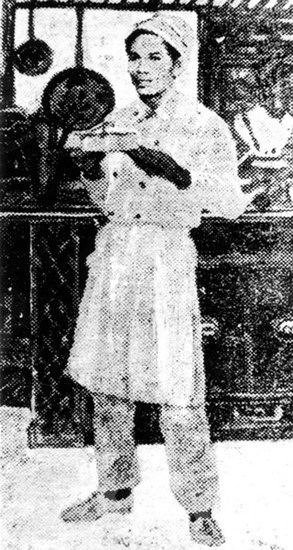 |
|
Young patriot Nguyen Tat Thanh working as a kitchen assistant at the Carlton Hotel in the U.K. in 1913 (Photo: VNA) |
    |
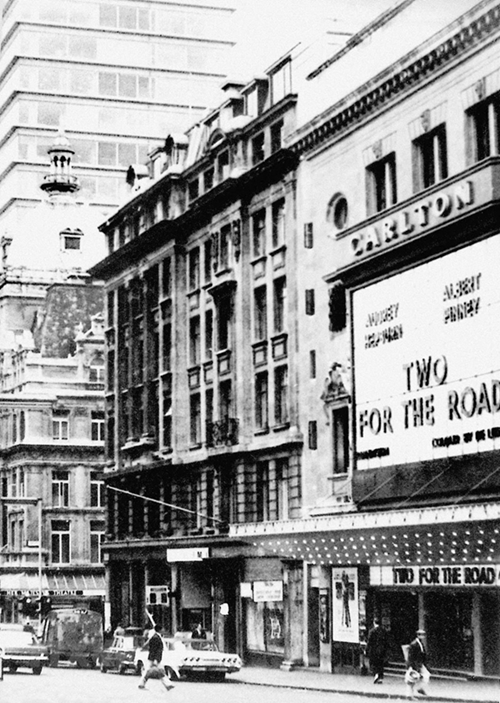 |
|
Carlton Hotel (London) where Nguyen Tat Thanh worked when he was in the U.K. in 1914 (Photo: VNA) |
    |
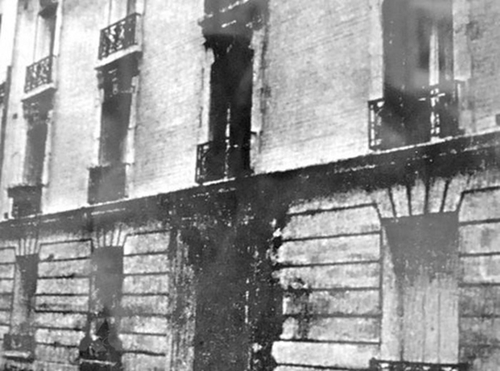 |
|
After a long and hard journey through many countries, including France, the U.K. and the U.S., Nguyen Tat Thanh came back to France in 1919 and stayed at No.6 Villa des Gobelins in Paris. Here, he directly participated in patriotic movements with overseas Vietnamese and changed his name to Nguyen Ai Quoc. In 1919, Nguyen Ai Quoc made an eight-point petition of the Vietnamese people to the Versailles Conference. (Photo: VNA) |
    |
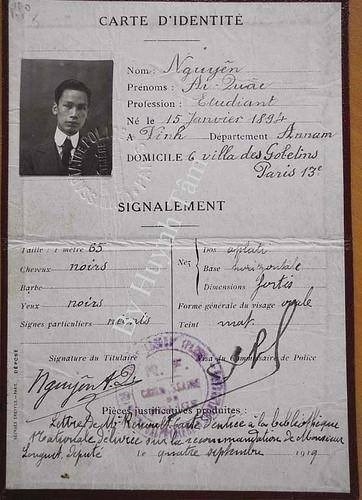 |
|
Nguyen Ai Quoc’s ID in Paris, France, in 1919 (Photo: VNA) |
    |
 |
|
In July, 1920, Nguyen Ai Quoc read the preliminary draft theses on the national and colonial questions written by V. I. Lenin and published in the L’Humanité newspaper of the French Socialist Party. Through the theses, Nguyen Ai Quoc found a way to salvage the nation. In Photo: No.9, Impasse Compoint, Quarter 17, Paris, where Nguyen Ai Quoc lived while in France (Photo: VNA) |
    |
 |
|
In 1921, Nguyen Ai Quoc and patriots from the French Colonies founded the Union Coloniale Française. One year later, the union published the Le Paria newspaper to unite, organize and guide the movement of national liberation in the colonies. Nguyen Ai Quoc was a key reporter and editor of the newspaper, which was published from 1922 to 1924. (Photo: VNA) |
    |
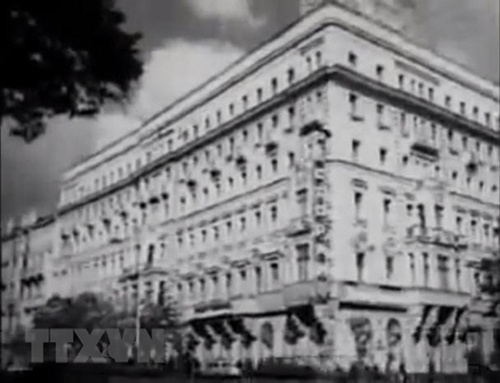 |
|
In 1923, Nguyen Ai Quoc left France for the Soviet Union to participate in the Communist International. He lived from late 1923 to early 1924 at Lux Hotel, No.10 Tverskaya. (Photo: VNA) |
    |
 |
|
Nguyen Ai Quoc and local people at Sparrow Hills, when he participated in the fifth Communist International Congress in Moscow (June 17-July 8, 1924) (Photo: VNA) |
    |
 |
|
As a delegate of the Communist Party of France, Nguyen Ai Quoc delivered a speech at the fifth Communist International Congress in Moscow. (Photo: VNA) |
    |
 |
|
Nguyen Ai Quoc’s delegate card at the fifth Communist International Congress (Photo: VNA) |
    |
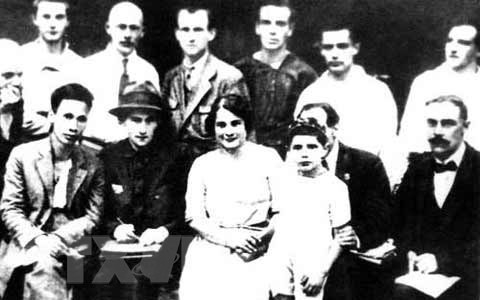 |
|
Nguyen Ai Quoc (first row, first from the left) and participants at the fifth Communist International Congress (Photo: VNA) |
    |
 |
|
Delegate card of Nguyen Ai Quoc at the fifth Communist International Congress (Photo: VNA) |
    |
 |
|
In June, 1925, Nguyen Ai Quoc founded the Vietnamese Revolutionary Youth League in Guangzhou (China). He published the Youth Newspaper, trained the first Vietnamese communist cadres and popularized Marxism-Leninism in preparation for the birth of a new communist party in Vietnam. In photo, House No.13/1 on Yuan Ming road (248-250 at present), Guangzhou, China was the headquarter of Vietnamese Revolutionary Youth League, where political training courses were conducted from 1925 to 1927. (Photo: VNA) |
    |
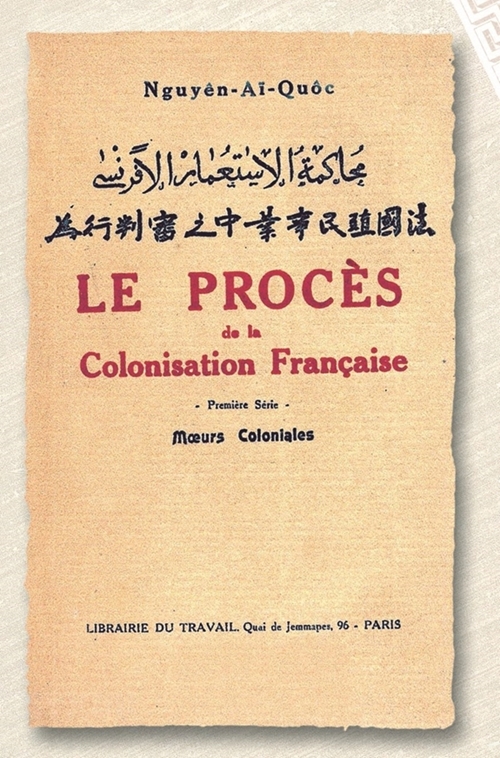 |
|
The book, entitled "French Colonization on Trial," written in French by Nguyen Ai Quoc from 1921 to 1925, was first published on the Imprekor newspaper. (Photo: VNA) |
    |
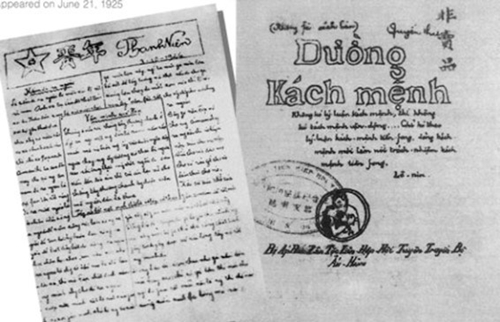 |
|
The book Duong Kach Menh (Revolutionary Path) includes lectures by Nguyen Ai Quoc at political training courses, held between 1925 and 1927. (Photo: VNA) |
    |
 |
|
Nguyen Ai Quoc, alias “Thau Chin,” lived in Thailand from 1928-1929. (Photo: VNA) |
    |
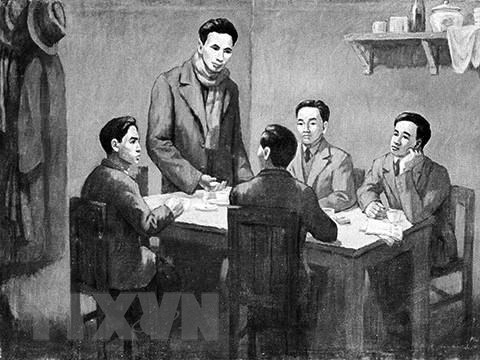 |
|
From January 6 to February 7, 1930, under the chair of Nguyen Ai Quoc, the Communist Party of Vietnam was founded in Kowloon (Chinese Hong Kong). (Photo: VNA) |
    |
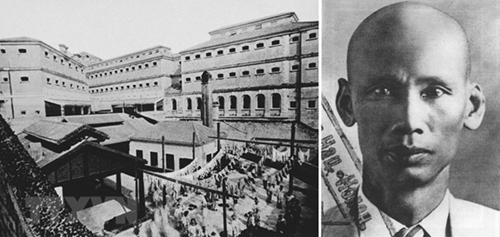 |
|
Victoria Gaol in Hong Kong, where Nguyen Ai Quoc (then Tong Van So) was imprisoned for nearly 20 months (from June 6, 1931 to January 22, 1933) while he was in Hong Kong (Photo: VNA) |
    |
 |
|
President Ho Chi Minh’s delegate card when he attended the seventh Congress of the Communist International in Moscow from June 25 to August 21, 1935. He then adopted the alias Lin (Photo: VNA) |
    |
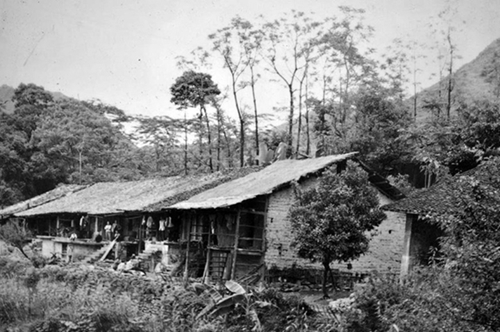 |
|
A house where Uncle Ho conducted political training courses in China, in December 1940 (Photo: VNA) |
    |
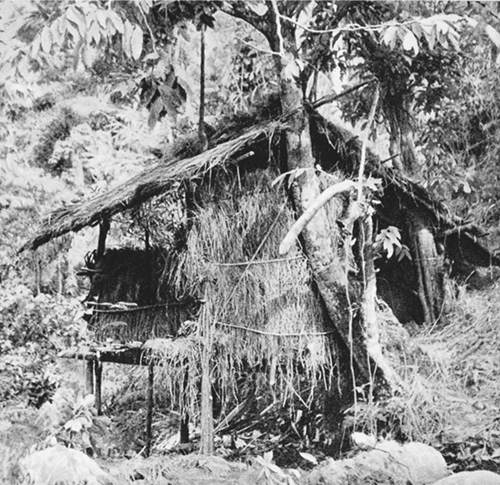 |
|
Small shack in Khuoi Nam, Pac Bo cave in Truong Ha commune of Cao Bang province’s Ha Quang district, where the 8th session of the Indochina Communist Party (now Vietnam Communist Party) Central Committee convened in May 1941 (Photo: VNA) |
    |
 |
|
On January 28, 1941, Ho Chi Minh returned to Pac Bo, Cao Bang province from China to lead Vietnam’s revolution. (Photo: VNA) |
    |
 |
|
Landmark 108, where Ho Chi Minh set foot home on January 28, 1941 (Photo: VNA) |
    |
 |
|
During 13 months of imprisonment from August 29, 1942 to September 10,1943, President Ho Chi Minh wrote verses of Nguc Trung Nhat Ky (Prison Diary), consisting of 134 poems in the Han script. (Photo: VNA) |
    |
 |
|
Na Lua Hut, where President Ho Chi Minh used to live and work. President Ho Chi Minh issued various directives and guidelines and convened for many important meetings there. (Photo: VNA) |
    |
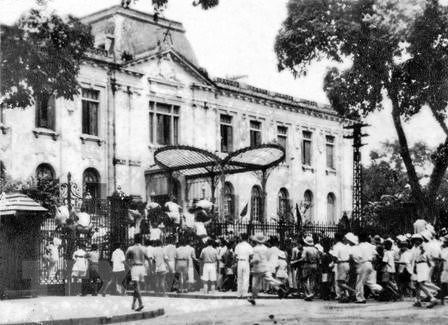 |
|
People occupied the Tonkin Palace, marking the success of the August Revolution on August 19, 1945. (Photo: VNA) |
    |
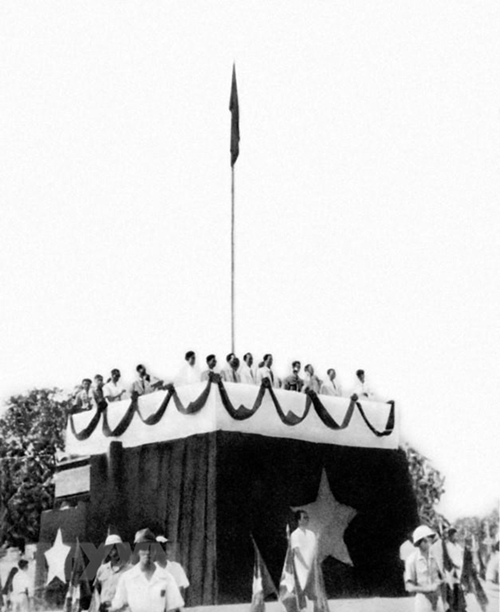 |
|
President Ho Chi Minh read the Declaration of Independence on September 2, 1945 at Ba Dinh Square, Hanoi, announcing the birth of the Democratic Republic of Vietnam. (Photo: VNA) |
Translated by Tran Hoai